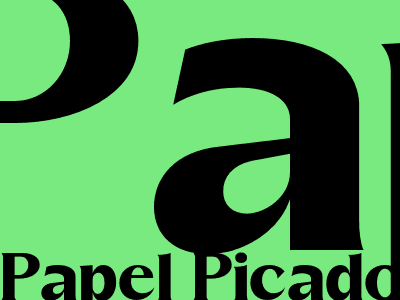Papel Picado: The Vibrant Art of Mexican Paper Cuttings
History and Cultural Significance
Papel picado, also known as "papel picado," is a traditional Mexican folk art form that involves cutting intricate designs into colorful tissue paper. Originating in the 19th century, it has become an integral part of Mexican celebrations, particularly during Day of the Dead and other festivals. Papel picado is not only visually stunning but also holds cultural significance, representing life, death, and the cyclical nature of the universe.
The designs of papel picado are often inspired by nature, including flowers, animals, and scenes from everyday life. They can also incorporate religious symbols and motifs, reflecting the intertwining of Mexican culture and Catholicism.
Techniques and Materials
Paper
The traditional paper used for papel picado is thin and porous, often made from recycled materials. This allows for intricate cutting without tearing.
Tools
Artisans use sharp knives or chisels to create the designs, which are typically symmetrical and require precision and skill. The use of templates is common to ensure consistent patterns.
Color and Design
Papel picado is typically vibrant and colorful, featuring a range of bright hues. The colors hold symbolic meanings, with red representing blood and life, yellow representing the sun and joy, green representing growth, and purple representing mourning.
Uses and Display
Celebrations
Papel picado is ubiquitous during Mexican festivals, including Day of the Dead (Dia de los Muertos) and Christmas, where it is used to decorate altars, homes, and streets. It symbolizes the celebration of life and remembrance of loved ones who have passed.
Artistic Expression
In addition to its traditional uses, papel picado has evolved into an art form in its own right. Contemporary artists create intricate and elaborate designs that are displayed in galleries and exhibitions.
Cultural Symbolism
Life and Death
Papel picado represents the cyclical nature of life and death, a fundamental concept in Mexican culture. The delicate paper signifies the fragility of life, while the vibrant designs symbolize the beauty and joy of living.
Memory and Remembrance
During Day of the Dead, papel picado is used to decorate altars dedicated to departed loved ones. It serves as a reminder of their memory and the belief that they are still present in spirit.
Community and Celebration
Papel picado fosters a sense of community during festivals and celebrations. It brings people together to create and appreciate the art form, sharing in the cultural traditions of Mexico.
Conclusion
Papel picado is a vibrant and meaningful art form that holds a deep place in Mexican culture. Through its intricate designs, colorful hues, and traditional uses, it represents the cyclical nature of life and death, the remembrance of loved ones, and the joy of celebration. Whether displayed during festivals or as artistic expressions, papel picado continues to captivate and inspire, preserving the rich cultural heritage of Mexico.

Comments